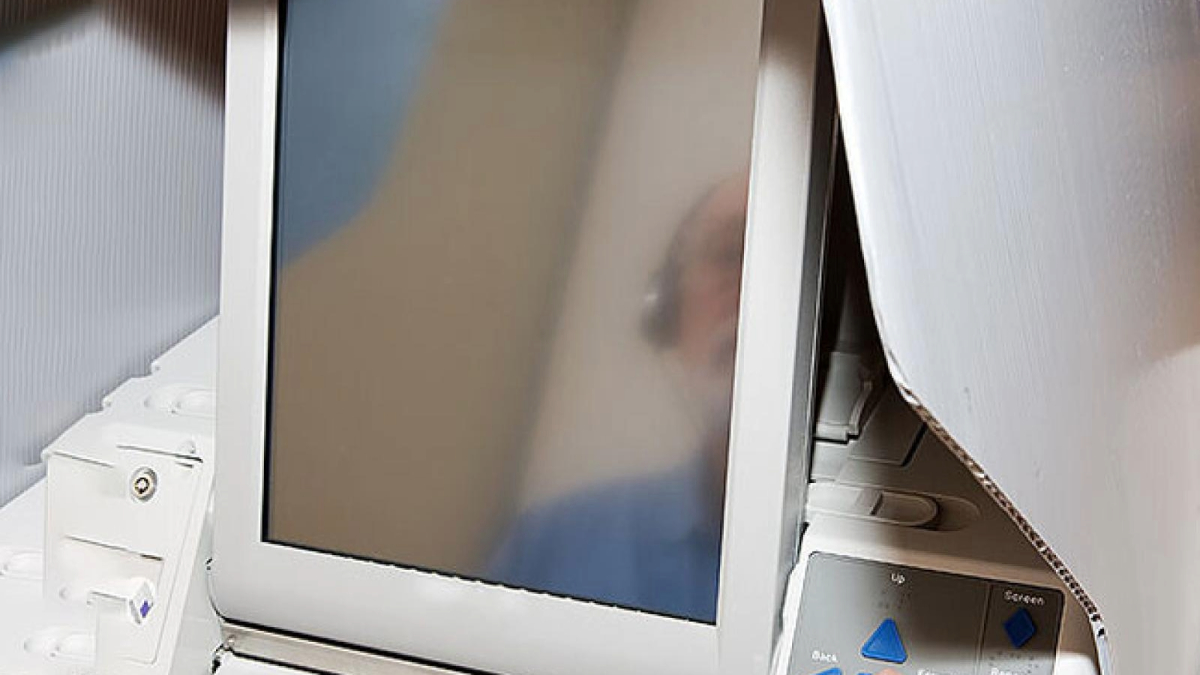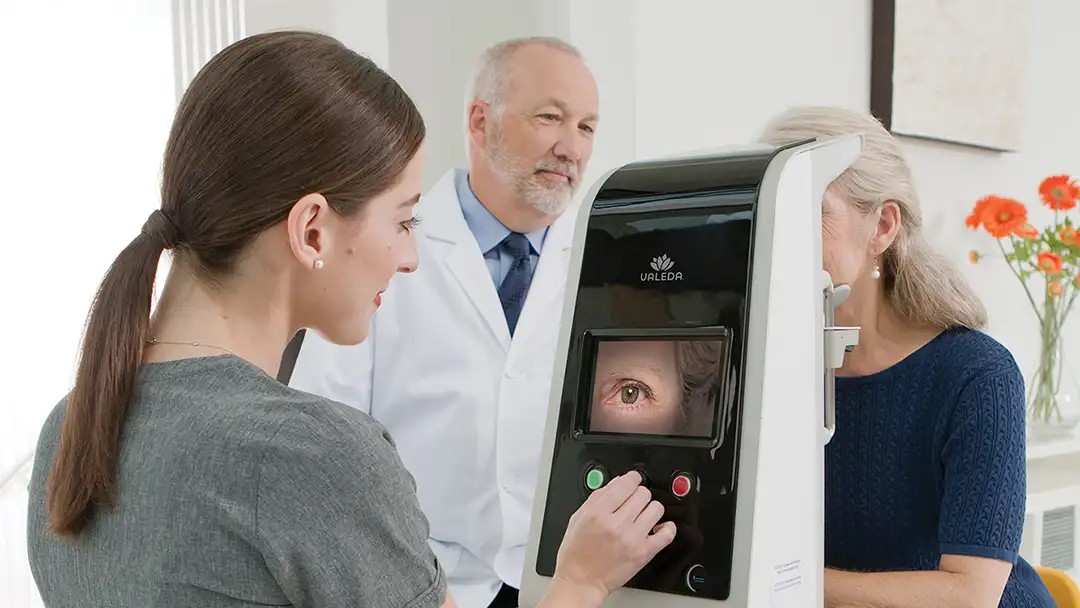
In addition to reviewing the dates, deadlines, locations, and requirements for in-person or absentee voting in your state, for people with disabilities and impairments, it’s also important to know what your options are for accessible voting.
Where To Find Information on How and When to Vote in Your State
The requirements, deadlines, and voting options can vary by state, so as you begin to make your voting plan, it is important to know where to find the most accurate and up-to-date information. You can find information about your state’s voting requirements and timelines by visiting USA.gov’s Find My State or Local Election Office webpage. In many cases, these websites will also include pages with specific information for voters with disabilities that will provide more detail about their offerings and procedures regarding voting accessibility.
Accessible Voting Options
Absentee/Mail-In Voting
As a result of the COVID-19 pandemic, most states have modified the restrictions and requirements associated with voting by mail for the 2024 election. You can apply for an absentee ballot online, by mail, or in person through your local election board or other designated location.
There have been many reports of accessibility issues people have encountered while filling out digital absentee ballot request forms. While Deque Systems, a digital accessibility service, has been working with some states to resolve their accessibility issues, they have also converted vote-by-mail applications for several states into accessible versions.
It is also important to note that while absentee ballots can be requested online, not every state provides the ability for voters to fill out and print a digital version of their absentee ballot. If your state only offers paper ballots for mail-in voting, you may still need additional assistance from someone to fill it out correctly and ensure your vote will be counted.
Every state’s absentee voting rules are different, so be sure to visit your state’s elections website for your specific requirements for filling out or submitting your absentee ballot.
In-Person Voting
If you choose to vote in-person, either during early voting or on election day, you do have a few alternatives on how to vote. As you check into your voting location, let the poll workers know if you are requesting use of their accessible voting machine or to have someone assist you while filling out your ballot.
Accessible to Voting Systems
Under the Americans with Disabilities Act (ADA), all voting locations are required to have at least one accessible voting machine. If you request to use the accessible voting machine, a poll worker will provide you with your ballot, then guide you to the machine. If you’re unfamiliar with the machine or need any guidance on setting it up or inserting your ballot, the poll worker can assist you.
There are several types of accessible voting machines, but most include the following:
- Touchscreen with options to change text size and contrast;
- Tactile keypad with braille;
- Headphone jack and audio instructions in multiple languages in addition to English;
- The ability to turn off the screen display or use of a cover to privacy while casting your vote;
- Options for connecting other assistive technologies like a paddle, head pointers, or sip and puff assistive device.
Some locations that offer curbside voting may also have a portable accessible voting machine.
As you fill out your ballot, the system will confirm your selections. Once you have completed filling it out, your ballot will be printed, and you will then be guided to deposit it in the ballot box.
Assistance with Filling Out a Traditional Ballot
You may also fill out a traditional ballot with the assistance of two election judges (one from each party) or a guest that you bring with you. The person assisting you can be a friend or family member, but cannot be your employer or a union representative. Assistance may include reading the ballot aloud or marking your ballot as you have directed, but they cannot tell you how to mark your ballot or tell others how you voted.
Additional Voting Accessibility Information
As each state and polling location may have slightly different options available to you when it comes to accessible voting, if you have specific questions or concerns about the options available at your voting location be sure to call your local elections office to ask for more information.
Additional reading about accessible voting can be found through the U.S. Election Assistance Commission website, specifically their pages on Voting Accessibility and Resources for Voters with Disabilities.
About BrightFocus Foundation
BrightFocus Foundation is a premier global nonprofit funder of research to defeat Alzheimer’s, macular degeneration, and glaucoma. Since its inception more than 50 years ago, BrightFocus and its flagship research programs—Alzheimer’s Disease Research, Macular Degeneration Research, and National Glaucoma Research—has awarded more than $300 million in research grants to scientists around the world, catalyzing thousands of scientific breakthroughs, life-enhancing treatments, and diagnostic tools. We also share the latest research findings, expert information, and resources to empower the millions impacted by these devastating diseases. Learn more at brightfocus.org.
Disclaimer: The information provided here is a public service of BrightFocus Foundation and is not intended to constitute medical advice. Please consult your physician for personalized medical, dietary, and/or exercise advice. Any medications or supplements should only be taken under medical supervision. BrightFocus Foundation does not endorse any medical products or therapies.
- Lifestyle









